Optimal Timing for Organic Landscapings
Understanding the optimal timing for Organic Landscapings can enhance the success and longevity of the project. The best time depends on local climate conditions, plant selection, and specific landscaping goals. Typically, early spring and fall are considered ideal for planting and establishing organic landscapes, allowing plants to settle before extreme weather conditions.
Spring is a popular time for Organic Landscapings due to moderate temperatures and increased rainfall, which support plant growth and establishment.
Fall offers cooler weather and soil that retains warmth, providing a good environment for root development before winter dormancy.
Summer can be challenging due to higher temperatures and potential drought conditions, but with proper irrigation, it remains feasible.
In regions with mild winters, certain organic landscaping elements can be installed, but heavy frost can delay planting activities.
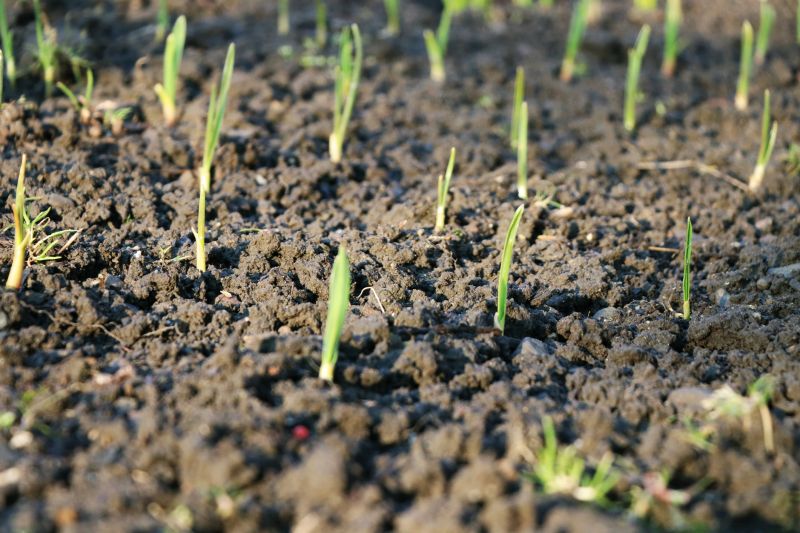
Spring planting supports healthy growth and vibrant landscapes.
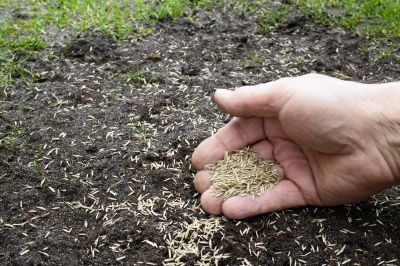
Fall installations promote root growth before winter.
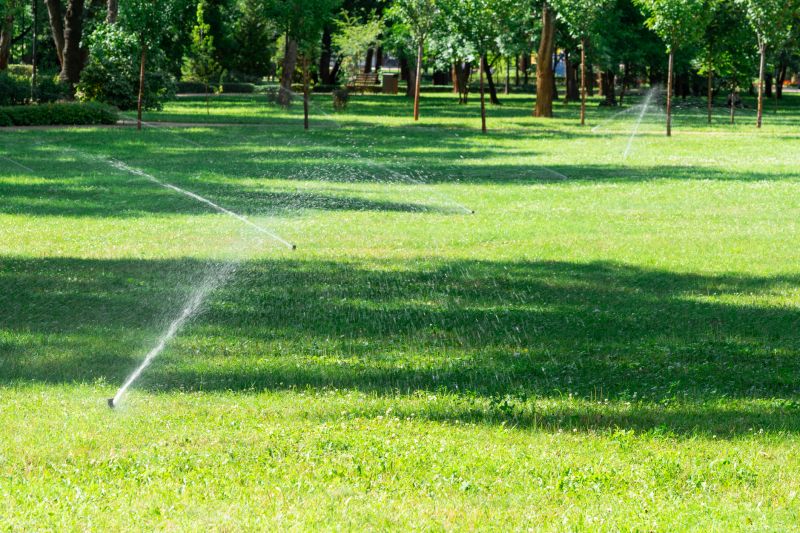
Summer can be suitable with irrigation and shade management.
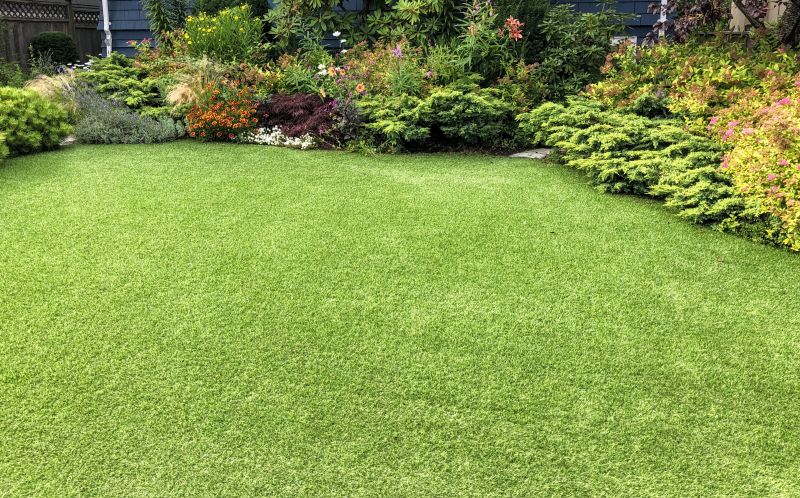
Ways to make Organic Landscapings work in tight or awkward layouts.
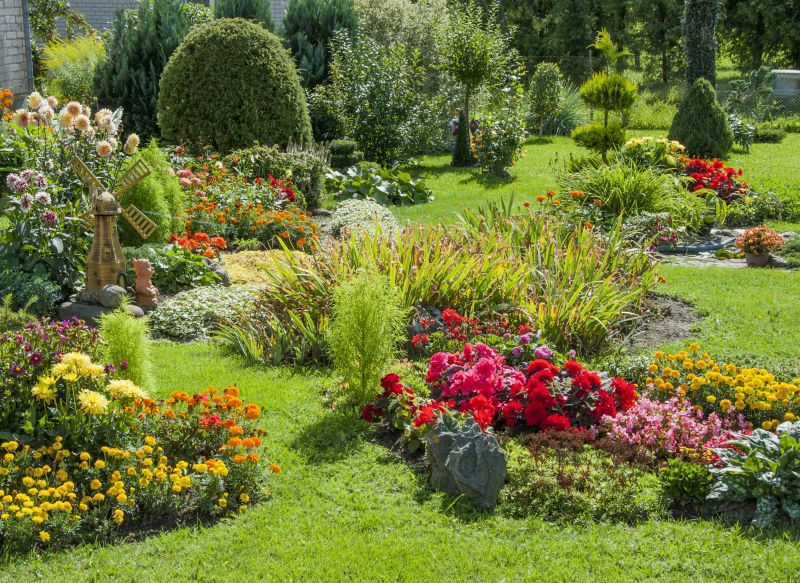
Popular materials for Organic Landscapings and why they hold up over time.

Simple add-ons that improve Organic Landscapings without blowing the budget.
Organic Landscapings involve the use of natural materials, native plants, and sustainable practices to create environmentally integrated outdoor spaces. This approach emphasizes soil health, biodiversity, and minimal chemical use. Studies show that properly timed organic landscaping can improve soil fertility by up to 30%, enhance plant health, and reduce maintenance needs over time.
Optimal timing for Organic Landscapings varies by region but generally aligns with periods of active plant growth. Early spring and fall are preferred for planting because they allow plants to establish roots during favorable conditions. Proper timing ensures better plant survival rates, reduces the need for supplemental watering, and minimizes stress on the landscape.

Spring planting boosts plant vigor and landscape vibrancy.

Fall planting supports root development and soil health.
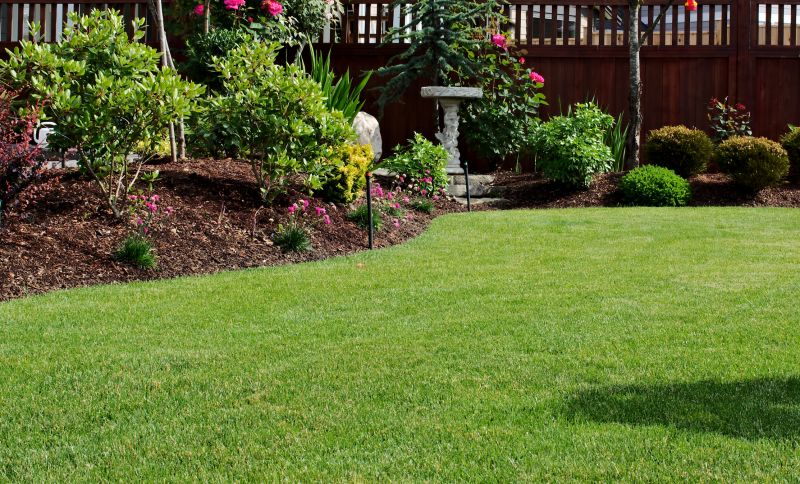
Summer requires diligent watering and shading strategies.
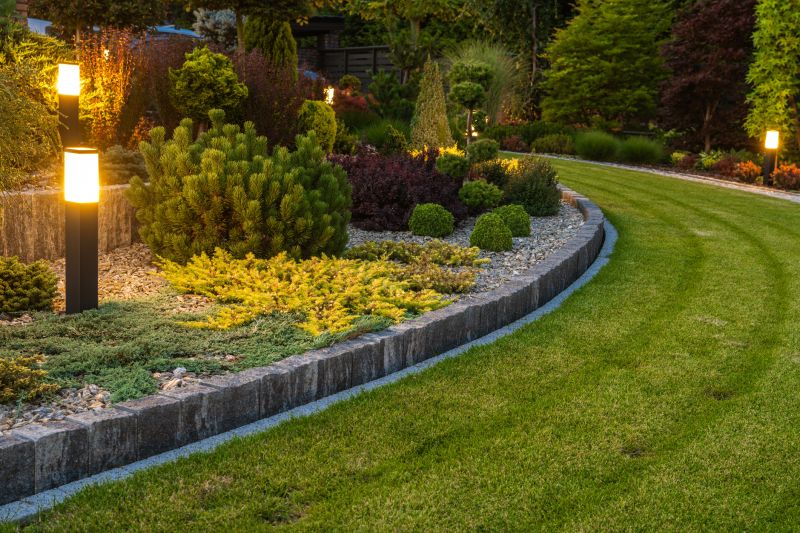
In suitable climates, winter can be used for planning and light installations.
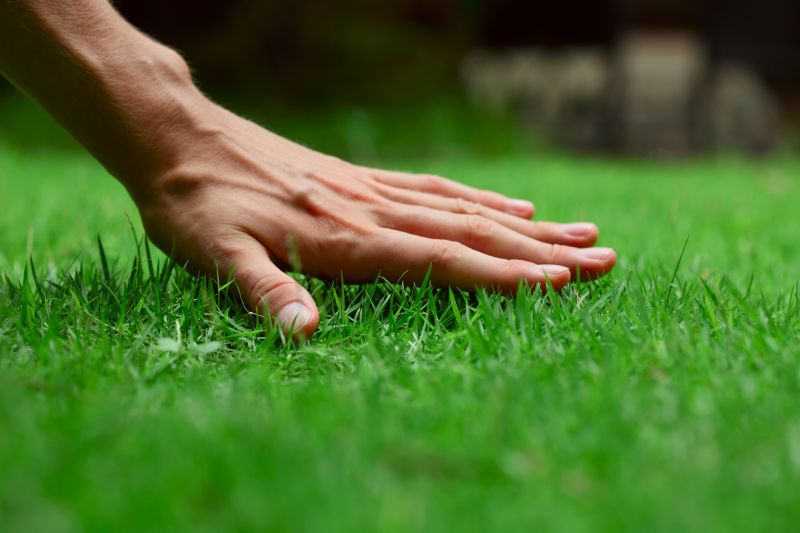
High-end options that actually feel worth it for Organic Landscapings.
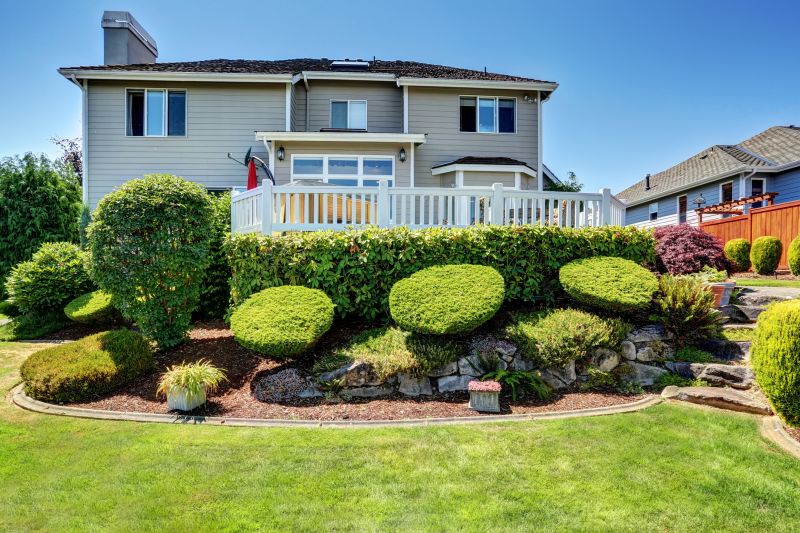
Finishes and colors that play nicely with Organic Landscapings.

Little measurements that prevent headaches on Organic Landscapings day.
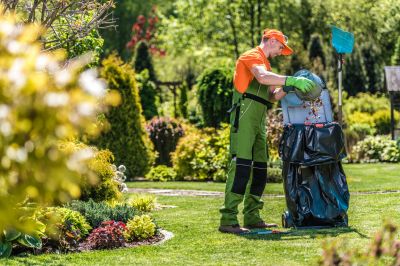
A 60-second routine that keeps Organic Landscapings looking new.
Interested in enhancing outdoor spaces with Organic Landscapings? Filling out the contact form can provide tailored information and support for planning and executing landscaping projects aligned with optimal timing.
